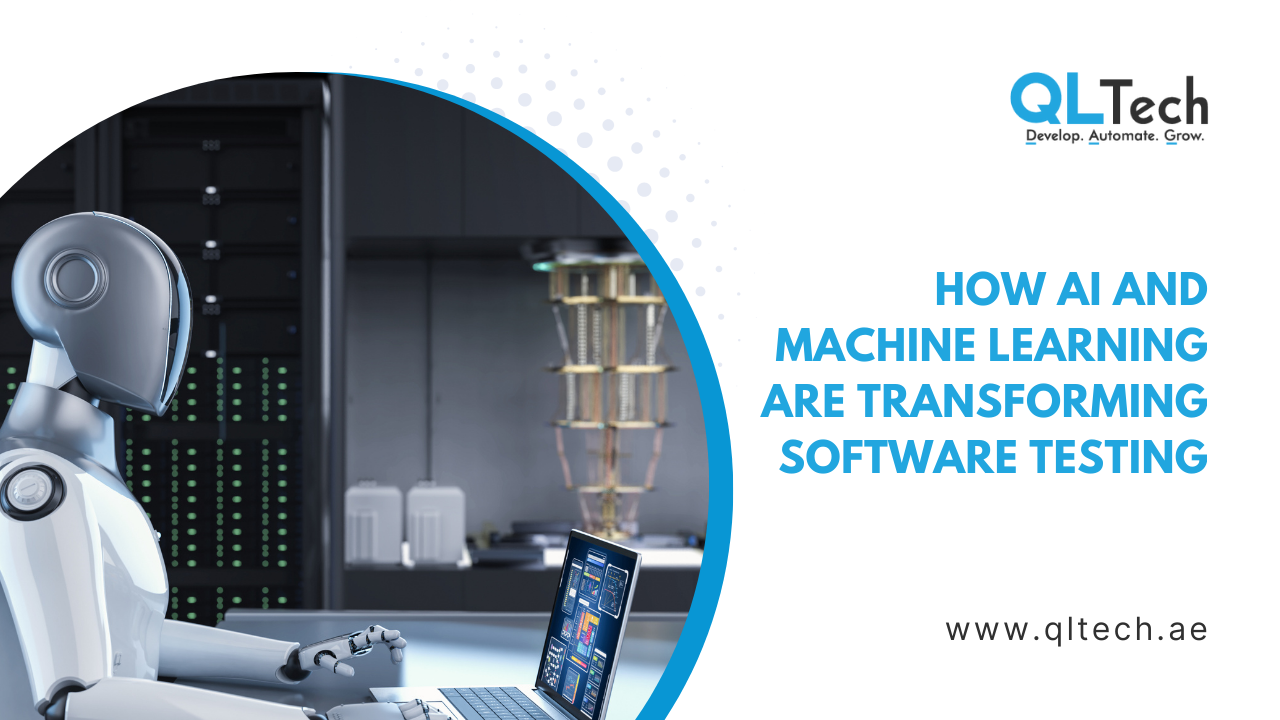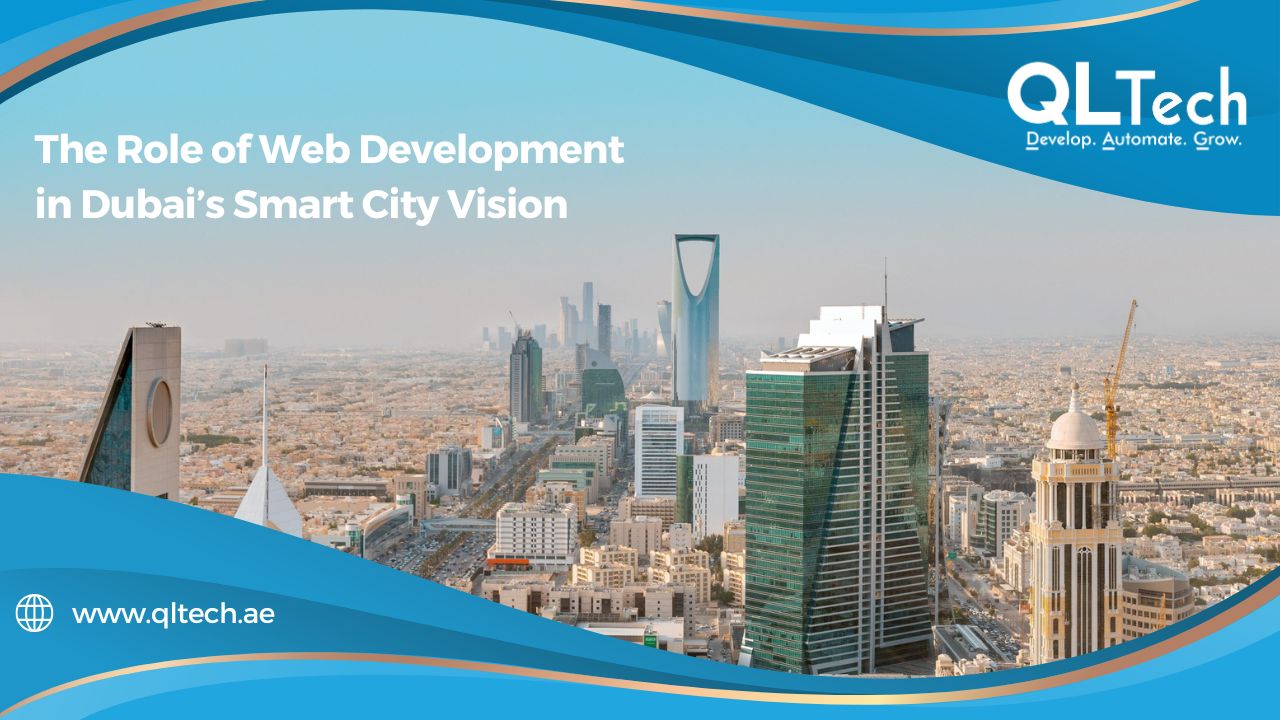Whether you’re building a corporate site, a web application, or an e-commerce platform, having the right team behind the scenes is crucial. But what exactly should you look for when assembling your web development dream team?

- HTML provides the structure of your site
- JavaScript (and Frameworks)
- Front-End Frameworks
- Back-End Development
- Database Management
- Version Control (Git)
- API Integration & Development
- Responsive Design Principles
- Web Security Best Practices
- Problem-Solving & Collaboration
Here are the 10 must-have skills your web development team needs to deliver modern, functional, and scalable web solutions:
While CSS is responsible for its visual presentation. Mastery of these is non-negotiable — your team should know how to create clean, semantic code and responsive layouts.
A skilled JavaScript developer can take your site from static to stunning.
Beyond vanilla JavaScript, front-end frameworks like Bootstrap, Tailwind CSS, or Foundation help developers build visually appealing, mobile-first designs faster. Knowledge of these frameworks enhances productivity and consistency across your site.
Skills in server-side programming languages such as Node.js, PHP, Python, Ruby, or Java are essential for handling databases, authentication, APIs, and business logic.
Every dynamic website needs a place to store and retrieve data. Your team should be proficient with SQL databases (like MySQL or PostgreSQL) and NoSQL databases (like MongoDB).
Whether your team uses GitHub, GitLab, or Bitbucket, version control is the backbone of modern development workflows.
Knowing how to consume and build RESTful (or GraphQL) APIs is a must. APIs help your website communicate seamlessly with other applications and services.
With mobile devices generating the majority of web traffic, your team must be experts in responsive design. This involves using flexible grids, media queries, and scalable images to ensure the site looks great on every screen size.
Your team should understand how to prevent SQL injection, cross-site scripting (XSS), cross-site request forgery (CSRF), and other common vulnerabilities — and implement HTTPS, secure authentication, and data encryption.
Agile development, sprint planning, and code reviews require strong teamwork.
Conclusion
By assembling a team that combines these 10 skills, you’ll be well-positioned to build a fast, secure, and user-friendly web presence that stands out in today’s competitive landscape.








